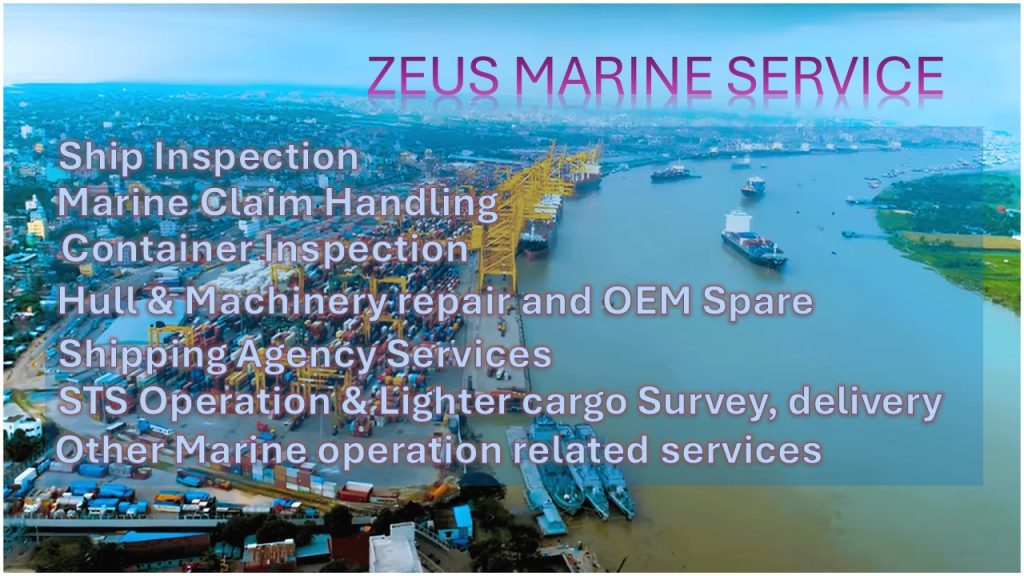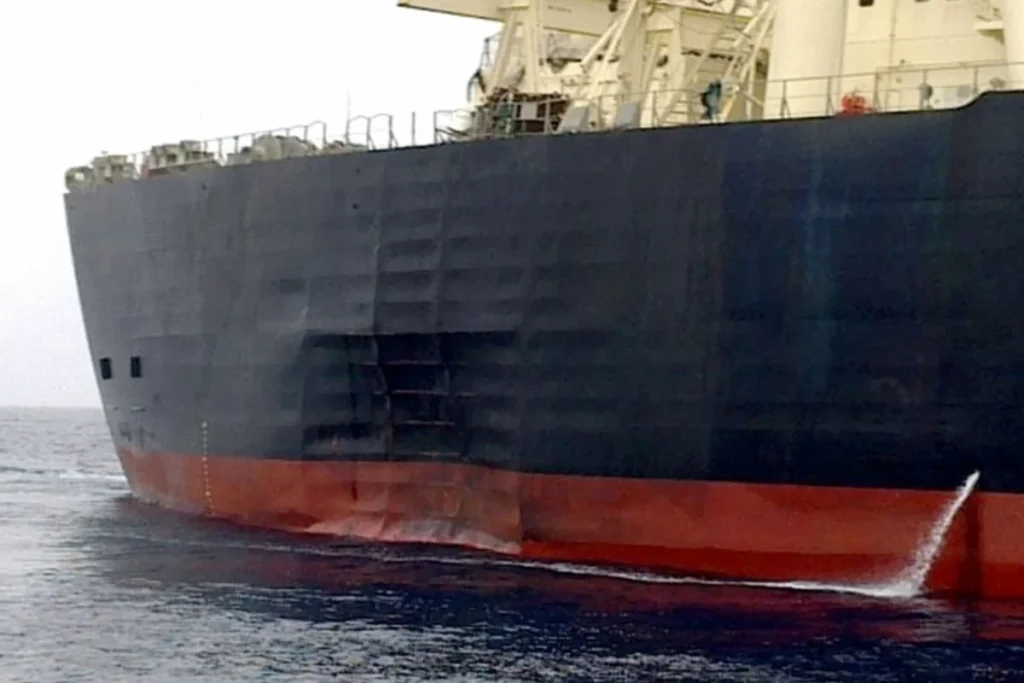
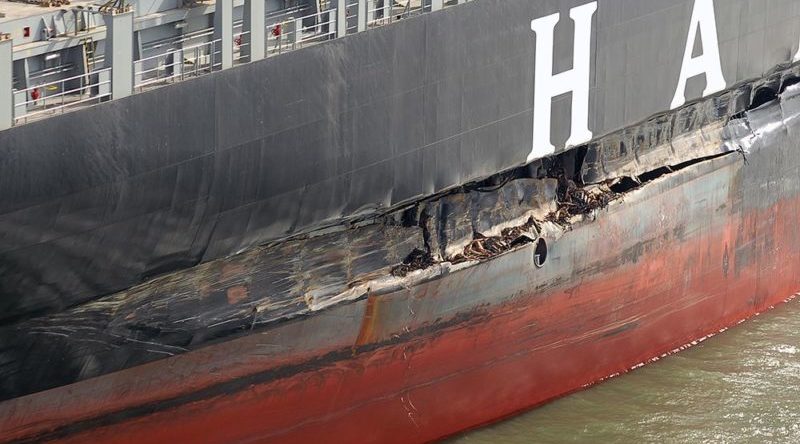
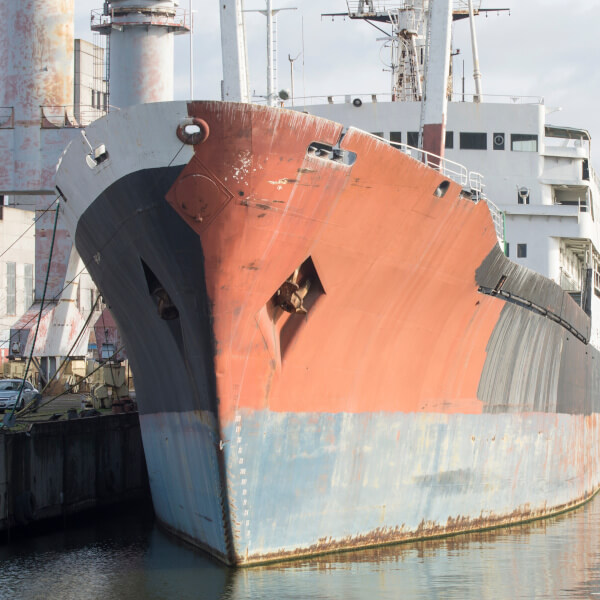
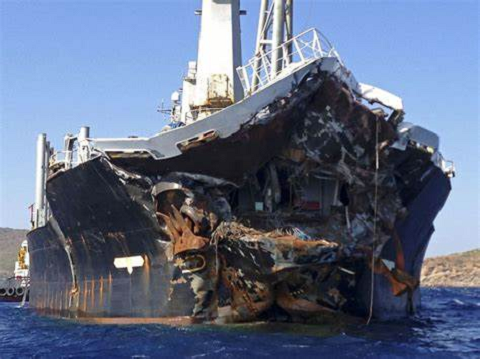
Insurance Condition Survey (Part or Full)
This survey includes the examination of the hull both internally and externally, the penetrations through the hull such as sea valves and prop-shafts, the decks and all attached superstructure, all internal fixtures and fittings, machinery, safety equipment, firefighting equipment, and navigational equipment.
This survey is normally carried out with the vessel out of the water.
It Provides a good general overview of the vessels structure and systems that can be submitted to your insurance to ensure continuing cover. Insurers require vessel over a certain age, normally 20 years old, to have an insurance survey to be undertaken periodically, but check with your insurer. Some owners believe their vessel is sound, well maintained, and seaworthy and the insurance survey is an unnecessary expense. However, it is usually the case that an insurance survey will reveal a few defects that the owner was not aware of.
An insurance survey inspects the structure and the vessel’s safety systems such as the gas and the firefighting systems and others.
Scope of insurance survey – An insurance survey covers most of the scope listed under the pre-purchase survey for either Large or small vessels (20m or less) power vessels but can omit certain non-structural items such as freshwater system, heads, electronic aids, and heating / refrigeration.
The survey report is tailored to the needs of insurance underwriters, and therefore is more concise than a pre-purchase survey. Marine Service have developed an insurance survey report template that generally accepted by underwriters.
Valuations
A Valuation Survey is the Surveyors opinion on the fair market value of a vessel at the time of survey. This type of survey is often a requirement of finance companies if funding is required to buy a vessel, or by insurance companies prior to issuing cover.
Marine Service carries out Valuation Surveys on all types of vessels throughout the Bangladesh and internationally. All our surveyors are recognised by most finance providers and insurance underwriters that may require Valuation Surveys.
The Valuation Survey is usually carried out as part of a Full Condition or Insurance Survey. If the Valuation Survey is carried out separately the limitations of this type of survey will clearly be stated. For example, the vessel is inspected afloat this will be stated in the Valuation document. A financial institution or Insurance Company will advise you of their exact requirements.
Valuations take Age, current condition, the general market, the number of vessels currently on the market, recent sale prices, amongst many other criteria.
Damage Surveys
The importance of carrying out this type of survey promptly so that damage caused directly by the accident can be more easily identified. The Damage Survey can also be carried out for an owner or vessel manager. The Damage Survey only looks at the specific area of damage on the vessel and generally one function of the survey is to find the cause or reason for the damage. We will also look at further damage such as buckling of frames further back into the vessel, following an impact or accident. A report is provided detailing the findings of the Damage Survey. The report is factual in detailing the damage and gives recommendations for repair. It will not provide an estimate for repair.
MARINE SERVICE carries out Damage Surveys throughout the Bangladesh and worldwide on all types of vessels.
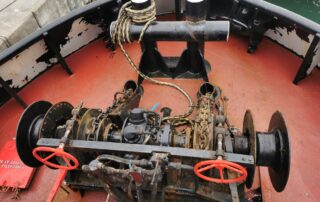

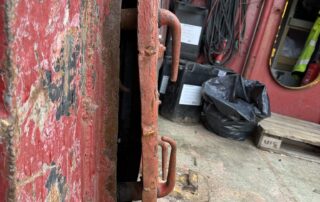
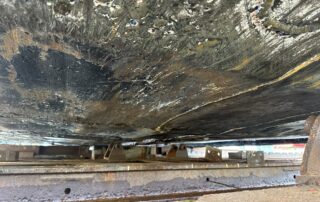
Machinery Survey
Machinery survey inspections are carried out to identify the damage or loss of the incident on Machinery and to also witness and supervision of repair operations, , causes of the incident and estimates of the loss or damage. We inspect all types of vessel’s machinery damaged including repairs machinery breakdown,. providing itemised assessment and reviews of costs in all this type of incidents.
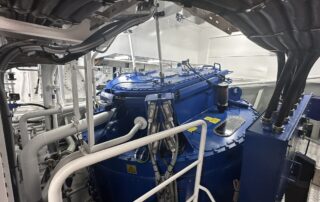
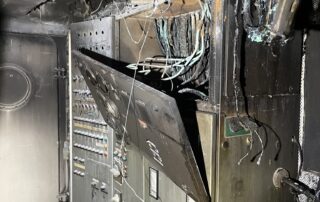
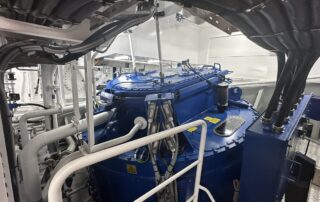
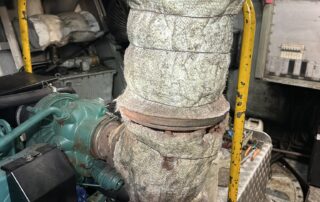
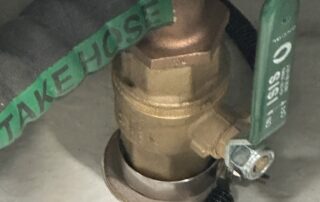
HULL & MACHINERY INSURANCE GUIDE
Historical and Legal Context
The concept of Hull and Machinery Insurance dates back to the Lloyd’s Coffee House in 17th-century London, where merchants gathered to share risks associated with sea voyages. Today, these policies are still underwritten following standardized clauses like the Institute Time Clauses – Hulls (ITCH 1/10/83), though newer variations now exist. In the U.S., regulations are influenced by both the U.S. Coast Guard and the Jones Act, while international standards are guided by IMO conventions, Classification Societies (such as DNV, Lloyd’s Register, and ABS), and BIMCO charter party terms.
Hull and Machinery Insurance
It is the line of insurance that covers hull, machinery and equipment installed on the vessel against the various perils during the voyages it runs between the ports, whilst operating in the ports, upon anchorage or during their repair or maintenance processes on dockyards. Hull and Machinery Insurance is a type of marine insurance policy that covers the physical damage to a vessel and its onboard machinery. It is often referred to simply as H&M Insurance and forms the backbone of any shipowner’s risk management strategy.
It typically includes:
It typically includes:
- Hull damage: Physical harm to the vessel’s structure (e.g., from grounding, collisions, fire).
- Machinery damage: Damage to main engine, auxiliary engines, boilers, and other critical systems.
- Equipment: Coverage can extend to navigation and communication equipment, winches, and pumps.
- Salvage and recovery: Costs related to towing, rescue, and wreck removal (if covered under terms).
- Sue and labor clause: Encourages immediate action to minimize losses and expenses during an incident.
This policy is different from Protection and Indemnity (P&I) insurance, which covers third-party liabilities like oil pollution or crew injury.
What Does Hull and Machinery Insurance Cover?
To understand what’s covered, it helps to break it down into core categories:
Hull Damage
Includes:
- Collisions (with another vessel or a fixed object)
- Groundings
- Fire or explosion
- Ice damage (common in northern shipping lanes)
- Heavy weather damage
Example: A container vessel hits a submerged object in the Mississippi River. H&M Insurance covers hull denting and water ingress repairs.
Machinery Breakdown
Covers:
- Main engine failure
- Generator burnout
- Turbocharger damage
- Automation system faults
- Boiler explosion
Example: A 2nd engineer accidentally starts the purifier during maintenance, damaging internal components. The resulting repair costs may be covered if due diligence and clause compliance are proven.
Salvage and Towing
Depending on the policy, costs of professional salvage assistance after an incident may be reimbursed.
Sue and Labor Expenses
If the crew takes action to prevent further loss (e.g., patching a hull breach temporarily), those costs can be claimed.
What’s Not Covered?
Exclusions vary by policy but often include:
Intentional damage or criminal activity
Wear and tear or normal aging of machinery
Negligent maintenance
War risks (covered under separate war risk insurance)
Nuclear events or terrorism (unless explicitly included)
Key Clauses in H&M Insurance
Institute Time Clauses – Hulls (ITCH)
This clause outlines the basic coverage. It is typically valid for one year and includes:
- Total loss
- Particular average (partial damage)
- General average (shared loss expenses)
- Constructive total loss (cost of repair exceeds vessel value)
Deductibles
Policies have deductibles per incident, often in the range of USD 25,000–100,000 depending on vessel type and age.
Agreed Value vs. Market Value
Most H&M policies use an agreed value to avoid disputes at claim time. This value is settled upfront between the insurer and owner.
Real-World Examples: H&M Insurance in Action
Case 1: Engine Room Fire on Bulk Carrier (2022)
A 56,000 DWT bulk carrier suffered a main engine fire near Galveston. The H&M policy with Zurich North America covered over $2.8 million in damages and repairs. The crew’s prompt action under the sue and labor clause also led to the recovery of emergency costs.
Case 2: Grounding Incident in Alaska (2023)
A small tanker grounded due to poor navigation and fog. While the hull was salvaged successfully, the machinery damage to the propeller shaft system triggered a claim. Classification Society inspection ensured compliance, and Liberty Mutual processed the claim efficiently.
Advances in H&M Coverage (2020–2025)
With maritime technology evolving, Hull and Machinery
Insurance has also adapted. Recent innovations include:
Digital twins used by insurers like DNV to simulate failure scenarios and assess risk premiums more accurately
Cyber protection extensions for integrated bridge systems (source: Inmarsat, 2023)
Condition-based monitoring (CBM) to assess real-time engine health, supported by insurers like Wärtsilä Voyage
Green shipping clauses offering discounts for vessels using LNG, hybrid, or low-carbon fuels
Challenges and Solutions in H&M Claims
Late reporting of incidents leads to denied claims. Training deck and engine officers in documentation is crucial.
Solution: Smart reporting tools integrated with the ship’s logbook can auto-generate incident reports for insurers.
Misunderstanding of Coverage
Crews often misunderstand policy terms, especially deductible responsibilities or the distinction between H&M and P&I.
Solution: Regular onboard training and pre-voyage briefings should include insurance responsibilities for officers.
FAQ
As vessels become more digitized and automated, H&M insurance will expand to cover software failures and cyber-physical damage. Insurers may soon offer dynamic pricing based on real-time data from onboard systems. Expect insurers like AIG, Chubb, and Berkshire Hathaway GUARD to lead in integrating blockchain for claims processing and using AI-based risk modeling.
1. Is Hull and Machinery Insurance mandatory?
It’s not legally required by IMO, but virtually all shipowners carry it to meet charter party obligations and lender requirements.
2. How is the premium calculated?
Factors include vessel type, age, trading area, flag, previous claims, and class notations. A typical range is 0.3–1.5% of the vessel’s value per year.
3. Can a crew member claim from H&M insurance?
No. Crew-related injuries fall under P&I insurance. H&M covers the vessel and machinery only.
4. What happens if machinery damage results from crew error?
If the error was not due to gross negligence and the crew followed procedure, it is often covered under standard H&M clauses.
5. Can older ships be insured?
Yes, but insurers may impose higher deductibles, limit coverage, or require additional surveys and classification compliance.
6. Who decides the repair yard after damage?
Usually the shipowner, in consultation with the insurer and classification society. Some policies allow freedom of choice within reason.
7. What is a constructive total loss?
If the cost to repair exceeds the insured value (often around 75–80%), the vessel may be declared a total loss and compensation paid accordingly.
Hull and Machinery Insurance is more than a financial tool—it’s a safety net that keeps global trade moving and seafarers secure. As maritime risks grow and ship systems become more complex, understanding the details of H&M coverage is not only smart—it’s professional.

